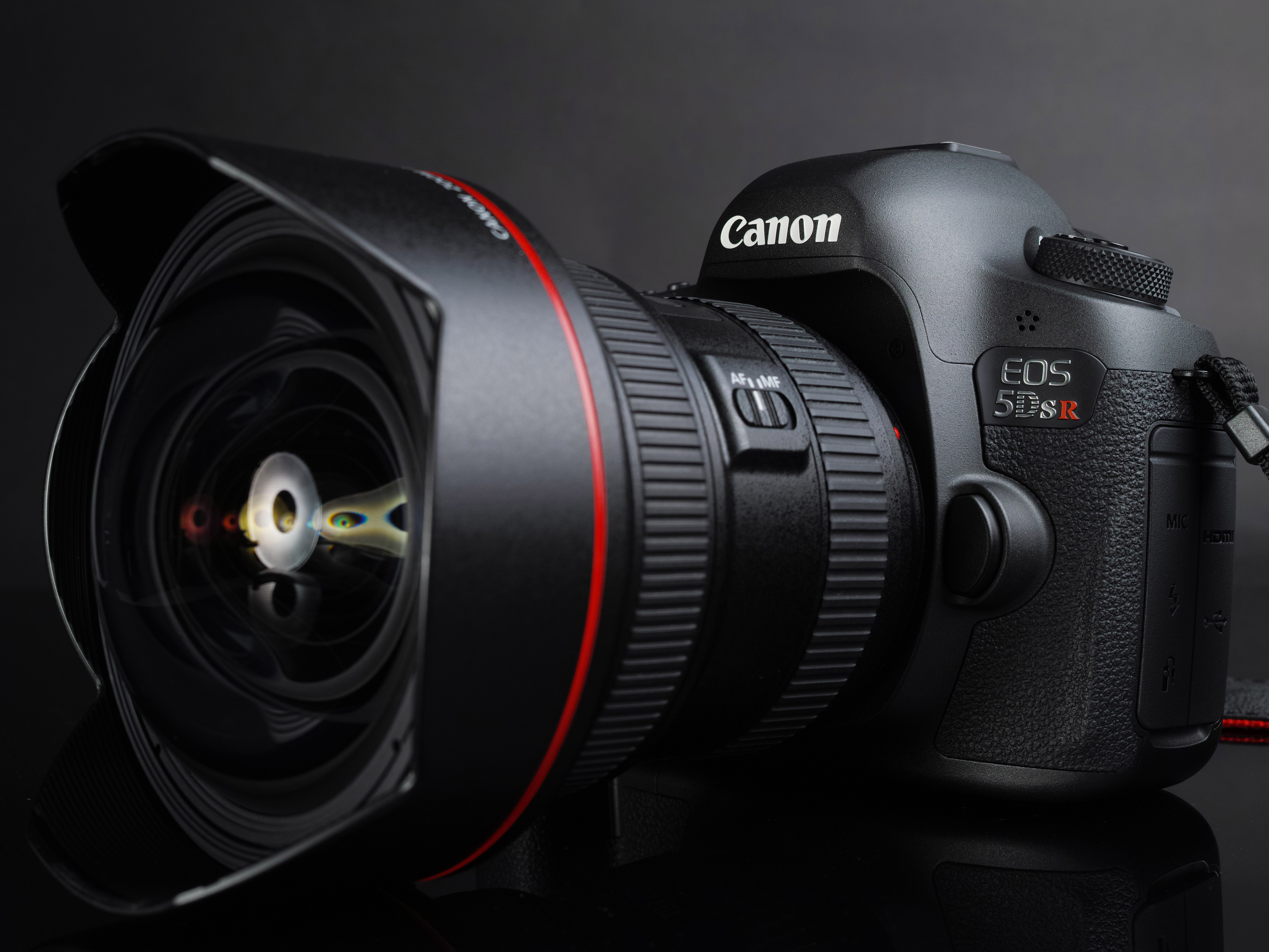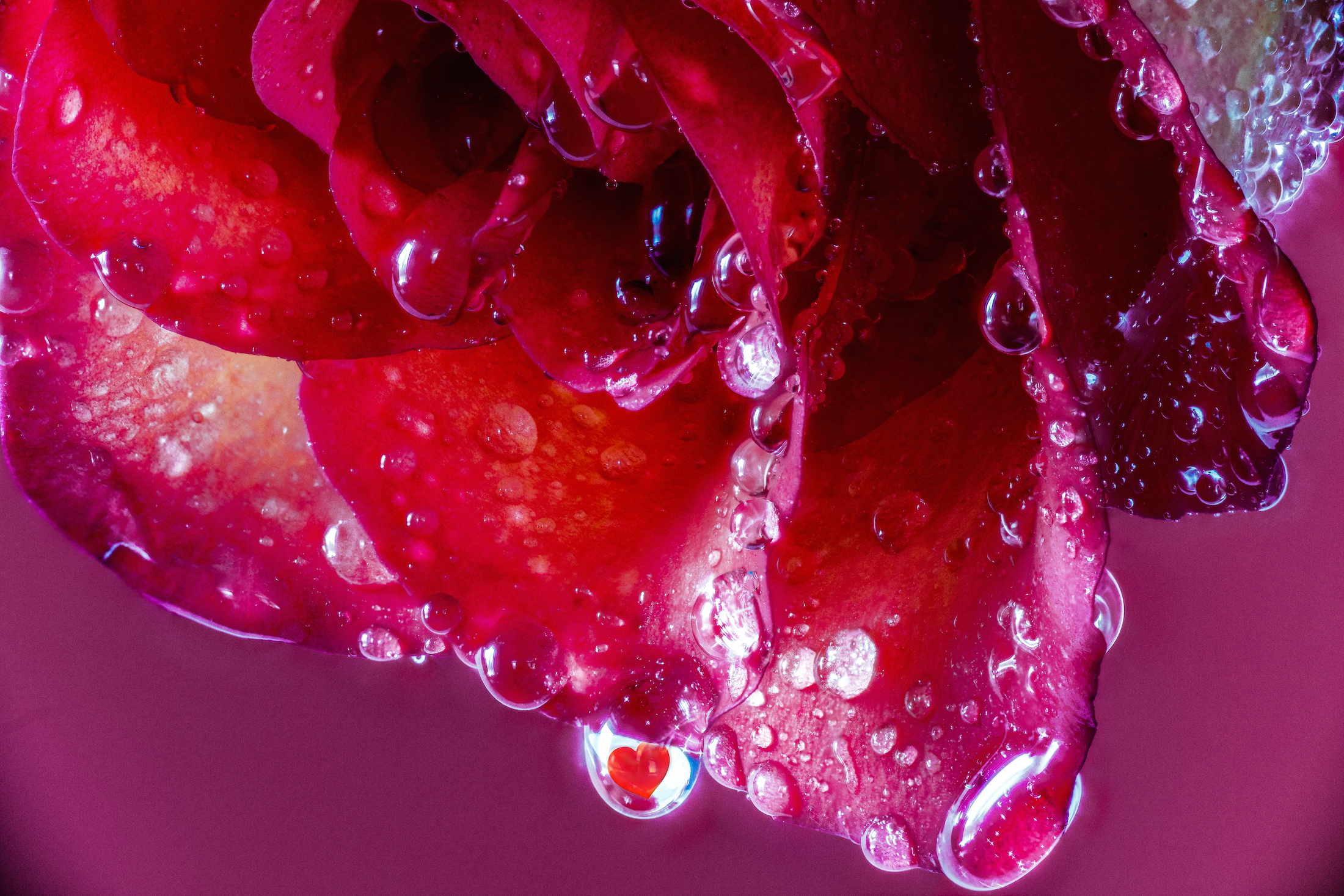 If there are 4 different “body styles” of Canon SLR cameras their model designation would be signified by xxxD, xxD, xD and 1D. For example, the xxxD could be 350D (a Digital Rebel) and xxD could be a 70D, 60D, 50D, or even the 10D (the first of that “body style” generation in the digital age). The xD started with the 5D and continues to expand, while the 1D grew to two versions, but is now back to a single version. However, the 1D is still the largest of the camera bodies Canon makes.
If there are 4 different “body styles” of Canon SLR cameras their model designation would be signified by xxxD, xxD, xD and 1D. For example, the xxxD could be 350D (a Digital Rebel) and xxD could be a 70D, 60D, 50D, or even the 10D (the first of that “body style” generation in the digital age). The xD started with the 5D and continues to expand, while the 1D grew to two versions, but is now back to a single version. However, the 1D is still the largest of the camera bodies Canon makes.
My past 10 years of shooting have mostly been with the 1D bodies with the occasional desire to have something smaller/lighter in the bag. And my desires have never been afraid of spending a little money so I have owned or borrowed nearly every camera Canon has built in the digital age. The 5DsR is my latest addition and also a recognition that I’m shooting more with the xD body styles than the 1D sizes these days. This started with the 7D Mark II being weather sealed and having an incredible buffer along with an excellent autofocus system that pulled me away from the 1DsIII I was using most of the time.
The 5DsR might be more similar to the 7DII than it is to the camera it shares a name with: the 5D. This point is important because it means action shooters (the primary 7DII audience) might be compelled to have the 5DsR as another body in the arsenal. I am one such shooter.

After an incredibly [photographically] successful Galapagos trip with my new (then) 7D Mark II I was thrilled with the Autofocus, ISO performance, and smaller size. This got me thinking that maybe I should try the 5D Mark III out to share batteries and reduce a few pounds from the camera bag because I always carry 2 camera bodies. But I just couldn’t justify the expense of the 5DIII solely for a little weight reduction. And then Canon introduced the 50 Megapixel 5Ds body. Double the image size in a smaller package – hell yeah!
Just like every camera I have ever purchased I assumed I would be able to whip this one out of the box and make decent images. Doubling the megapixels is equivalent to the first time you enlarge your favorite photo for a print: very dissatisfying.
Going big means you have to employ very strict techniques because everything is now amplified double! Half of a mistake is now a full mistake.
You have to be doubly careful in order to have double the results. And that’s what this camera offers: double the detail. The images you can make are just magical, but it takes practice to make magic at Carnegie Hall. And that was a frustrating realization.
It has taken the better part of 6 weeks to find comfort with the 5DsR. What helped most was increasing my shutter speeds. At first I tried using this camera the same way I use all others, but you really have to double your shutter speeds when handholding it. Tv mode (shutter priority) and Auto ISO have become my new friends. Before this camera I mostly shot in Manual mode with the occasional Av (aperture priority) and never allowed the camera to make ISO decisions.
Keeping shutter speeds over 1/200th of a second has massively helped. I pride myself on being able to get sharp handheld shots down to 1/5th of a second, but that ain’t happening on 50 megapixels! Obviously a tripod is a crucial accessory for the 5Ds cameras.
Is it just for landscapes and sitting atop tripods?
No way! When lighting conditions are good the 5DsR’s 50 megapixels make it an amazing wildlife camera. If you think crop factor bodies extend your reach then you ain’t seen nothing! Effectively doubling the amount of pixels on a subject nearly doubles the amount of reach you have.

In essence, if you were using a 400mm lens on both the 7DII and 5Ds, and took the same image, the 7D’s 1.6x crop factor extends the pixel range to 640mm at 20.2 megapixels. The 5Ds effectively gives your 400mm lens up to 800mm of range when cropping the image down to 20 megapixels and seems to pour more detail on the subject. The 5DsR adds a little more sharpness to your subject as an added benefit.
Post Processing is nuts!
You need a beefy machine to handle these files. I estimate each image is around 60MB and that can take a while to offload if you are not using USB 3 and don’t have a quick write capacity on your machine. Then factor in what it is like to do heavy editing with images over 8,000 pixels and you can quickly find your computer is chugging to an annoying limp.

On my Mac Pro with nearly Gig per second write speeds (that’s stupid fast) and USB 3 offloading from a 1066x card I estimate the initial card to computer transfer is around 1-3 seconds per photo. Then Lightroom needs an additional 5 seconds per image to build a preview. When you shoot 1,000 images this can be quite the time consuming process. Here’s a worst case: 100 photos taking 3 seconds each to offload = 5 minutes. 100 photos taking 5 second to build previews in Lightroom = 8ish minutes. That’s 13 minutes to handle 100 photos. This is also worst case and one I haven’t seen, but the difference between chugging through 20 megapixel camera files and 50 megapixels files is more than double. It feels like quadruple the time!
The Canon 5DsR requires a modern computer and a very decent tripod. This camera carries significant expense if you’re not already equipped for it.
Lens discovery
My experience with Canon cameras is that certain bodies pair better with certain lenses. For example, my 7DII loves the 400mm DO. That pairing is off the charts incredible. My 1DsIII is especially good with the 85mm f1.2 and 180mm macro. I have yet to find a camera that didn’t produce gold with the Canon 16-35mm f4L IS (maybe the best lens Canon ever made). The 5DsR definitely has its favorites too. OMG is it incredible on the 100-400mm Mark II and the 90mm TS/E. It seems to do best with the newest Canon glass and definitely benefits from image stabilization. However, I recently threw the thrifty 50mm f1.4 lens on and was blown away. It also works great with the new 24-70mm f2.8L II and 24-70mm f4L IS. It seems the newer Canon glass + 5DsR combo allows more flexibility when adjusting shadows in post processing.

Conclusion
The first thing to say in the conclusion is there isn’t a conclusion. This is just the beginning! I’d like to restate that this camera takes patience and precise technique. If you buy this body and think you’re immediately going to make better photos you could be disappointed on day 1. Most reviews, blogs, and forums state this, so be sure to seek encouragement from those folks when you don’t produce the results you expected. And then, like me, you’ll find a soft-grown love that develops with time. For me that was 6 weeks of daily shooting whereas I was used to finding my previous cameras’ sweet spots in 6 hours.